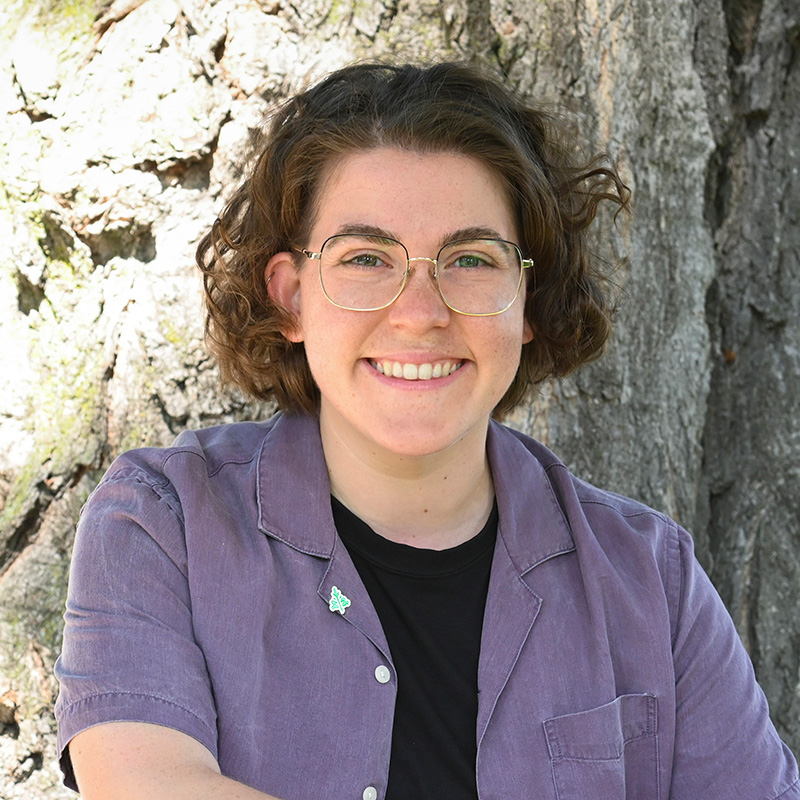June marks the beginning of Pride Month for many countries – first celebrated in the United States to commemorate the Stonewall riots that took place in June of 1969. Contemporary celebrations of Pride Month include high-energy parades, film festivals, mournful remembrances of those lost in civil rights struggles, and heightened focus of the ongoing fight for full and formal protection under the law, for all members of the 2SLGBTQ+ community.
This year, Pride Month begins as we hit the 15-month mark of the COVID-19 pandemic, roughly a year after the international anti-racist protests following the murder of George Floyd by police in Minneapolis, at the heels of Indigenous land rights protests here in Canada (some of which remain ongoing), and shortly after International Day Against Homophobia, Transphobia, and Biphobia on May 17.
I found myself wondering if there is any thread linking these events together, and if there is a connection back to trees. That thread, I believe, is inclusivity and privilege – or lack thereof.
Advocates of social justice will ask: Who is safe from harm or discrimination? Who is protected by their policymakers, and how? Who is accepted by their neighbours? Advocates of environmental justice will ask: Who gets, or has access to, a park in their neighbourhood? Who has a tree on their property? Who goes camping?
Not surprisingly, these questions draw similar pictures of the world, with lines cutting through social determinants such as class, race, ethnicity, postal code, citizenship status, sexual orientation, gender identity, and more. Studies done in Toronto (1,2), Montreal, and many cities in the U.S. (1,2) have confirmed that a map of tree cover is often also a map of race and income.
The uneven distribution of trees and environmental services inflames social inequities by restricting accessibility of certain groups to green spaces. COVID-19 has further exposed these pre-existing inequalities. Understanding that access to greenspaces, urban trees, parks, and trails, is a social determinant of public health is critical. With this knowledge, health care professionals, urban foresters, and municipal city planners can extend these benefits by supporting socially just tree policy, planning, and management.
The first step to closing gaps is to identify them.
In 2020, American Forests launched a Tree Equity Score to highlight the resource allocations required for equitable canopy distribution in cities. In 2021, the Trust for Public Land added an equity factor to their annual ParkScore index. Just as ecosystem health is commonly determined by a measure of biodiversity, so too should the health of our communities be determined by the shared prosperity, happiness, and safety of all residents.
This June, may we each do our part to understand the existing struggles for equity, listen to a variety of voices in the movement, and join them with our support. Oh, and don’t forget your rainbow Doritos.
Back to all articles
